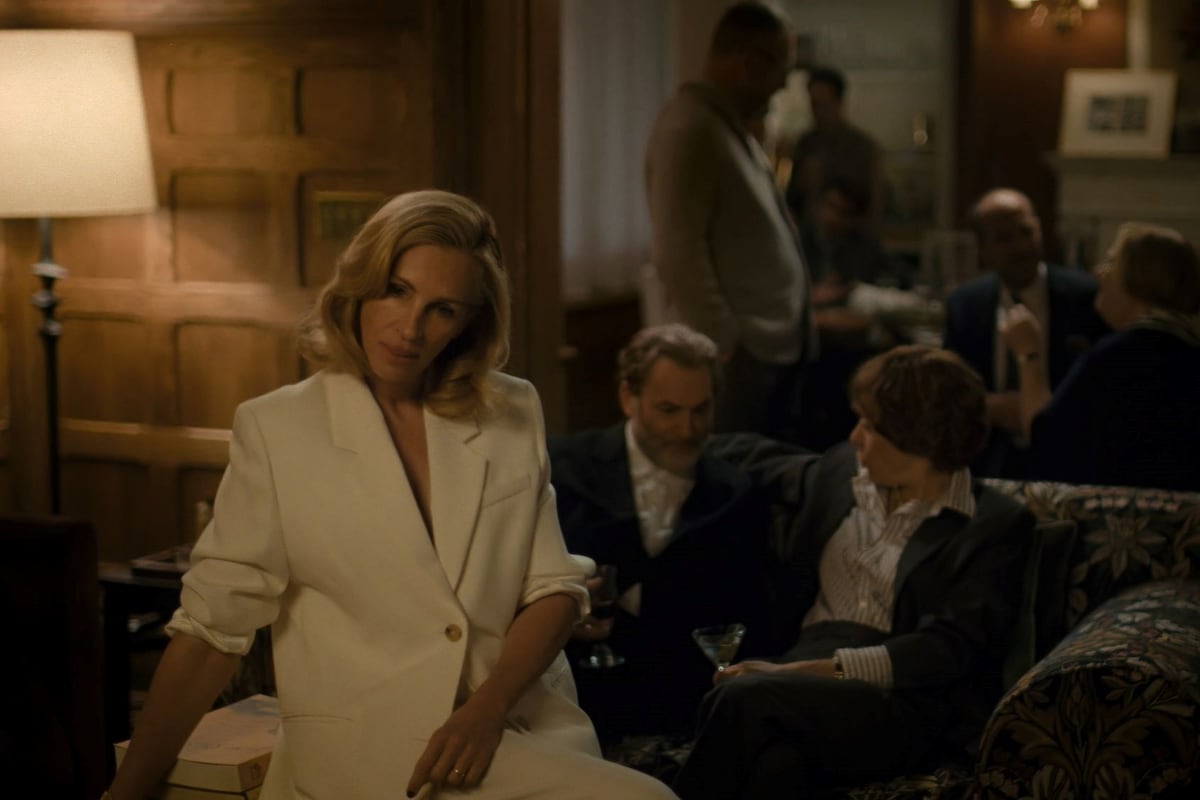
"In Luca Guadagnino's cancel-culture drama After the Hunt, Julia Roberts plays an Ivy League professor forced to reckon with secrets from her past when a colleague is accused of sexual assault. "It happened at Yale," runs the first line from the film, but in reality, Guadagnino staged the action on a meticulously recreated version of New Haven built by his longtime collaborator, Stefano Baisi, at London's Shepperton Studios."
"In researching After the Hunt, Baisi spent time in New Haven, observing its vernacular architecture - from the beloved Indian restaurant Tandoor to the windowless, monolithic Beinecke Library. These studies were not mere exercises in replication but in revelation. His careful arrangement of materials and props shape the film's psychological landscape, where each environment - from Alma's (Julia Roberts) stark waterfront apartment to psychotherapist Kim's ( Chloë Sevigny) chaotic office - reflects the characters' tensions between truth and self-preservation."
"For Baisi and Guadagnino, design is a narrative strategy. That sensibility has made them a natural fit beyond film; most recently, they designed the set for Jonathan Anderson's womenswear debut for Dior, where models emerged around an echo of the Louvre's inverted pyramid. It's a clear example of how the pair have become orchestrators of visual culture, using art, fashion and architecture to tell stories that can't be contained within a script."
After the Hunt centers on an Ivy League professor confronting buried secrets after a colleague is accused of sexual assault. The film was shot on a meticulously recreated New Haven at Shepperton Studios constructed by Stefano Baisi, who moved from interior architecture to production design. Baisi researched New Haven’s vernacular architecture, from Tandoor to the Beinecke Library, and used materials and props to evoke psychological states. Distinct domestic spaces reflect Alma’s divided life and the characters’ tensions between truth and self-preservation. Design functions as narrative strategy, and the team’s work extends into fashion and art, notably a Dior set echoing the Louvre’s inverted pyramid.
Read at AnOther
Unable to calculate read time
Collection
[
|
...
]